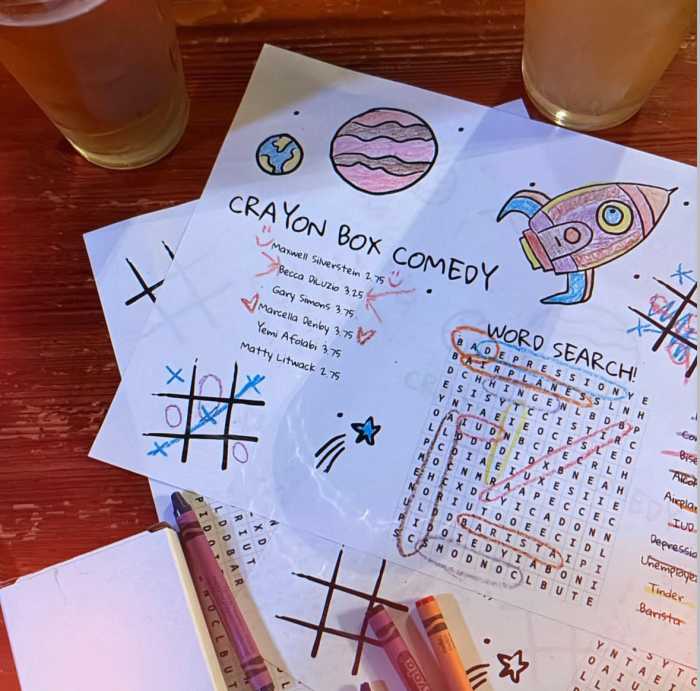Lily Maase, a jazz guitarist from New Mexico, has had difficulty finding rehearsal space in Brooklyn. For two years she moved around several spaces in downtown Brooklyn and Gowanus before settling into a loft in Bushwick. Her various ensembles make use of rooftop spaces in Brooklyn as well when performing.
“Space is, of course, at a premium for New Yorkers in all walks of life,” said Maase. “One can go on for hours on end about the various trials of being a musician in New York, but in my opinion this doesn't help any of us quote-unquote starving artists actually get anything done.”
Arts nonprofit leaders and City Council members are attempting to get something done, as artists and musicians like Maase find it increasingly difficult to find adequate rehearsal and studio space within the borough as rents increase and spaces vanish.
At a recent City Council Cultural Affairs hearing, nonprofit leaders and city agencies testified about the need to secure affordable workspaces for musicians and visual artists.
“Regardless of artistic discipline, space is the single most critical component to producing and consuming art that exists; and space that is accessible and affordable to artists here in New York City is disappearing at an alarming rate,” said Arwen Lowbridge, managing director of Fractured Atlas, a nonprofit organization providing services to artists and artist organizations. “At this point, I believe we are quickly approaching a crisis stage.”
According to a NYC Performing Arts Spaces report, there are 15,000 amateur musicians in the city, and more than 60 percent of the respondents said they earned below $50,000 in 2006. Freelance musicians have relied on religious institutions, university halls, commercial studios, and nonprofit spaces for affordable rehearsal space, though rental fees at many of these places are increasing.
Despite the increased costs in rehearsal and living spaces in New York, the number of artists living in the city has increased by 14 percent from 2000 to 2006 according to the US census, faster than the growth of the city’s overall population. Freelance musicians have relied on religious institutions and nonprofit spaces for affordable rehearsal space, though rental fees at many of these places are increasing.
With the scarcity of rehearsal spaces and the high cost of rehearsal space, between $10 and $60 an hour for studios and up to $500 an hour for large spaces, some musicians are relocating outside the city, though it is difficult to track this migration.
“As the city agency charged with nurturing and supporting the city’s nonprofit cultural sector, we are acutely aware of the space challenge for artists and arts organizations,” said Kate Levin, commissioner of the NYC Department of Cultural Affairs (DCA). “DCA remains profoundly committed to supporting not just the consumption but the creation of art as part of our public service mandate.”
As rents increase throughout the city, many artists have been relocating to affordable neighborhoods like Gowanus, East Williamsburg, Bushwick, Crown Heights and Ditmas Park in search of less expensive live/work spaces. Over the past several years, the Department of Buildings has cracked down on illegal live/work spaces, evicting hundreds of artists from buildings with commercial leases.
Councilmembers representing neighborhoods with concentrations of artists are looking into the conversion of abandoned spaces and making changes to zoning laws or passing tax incentives to encouraging landlords to rent to nonprofit venues, though these efforts are still in the exploratory stages.
“Artists are an integral part of the culture of our city, and I will work to ensure that artists' needs are incorporated into the zoning and development process in Gowanus,” said Councilmember Bill de Blasio, who represents parts of Park Slope and Gowanus. “I look forward to working with my colleagues in the City Council to find the best way to address the issue of affordability, as this is a problem not just in Brooklyn but city-wide.”
In addition to finding space, Maase also raises further questions about the use of existing space in the city.
“Spaces close and steady gigs end because people don't make proper use of the space, and because people don't come out in large enough volumes to support the gigs,” said Maase. “In my opinion, this is a much more pertinent issue to address: When the spaces are there, and the artists are there, why aren't the people coming out to support them?”
























